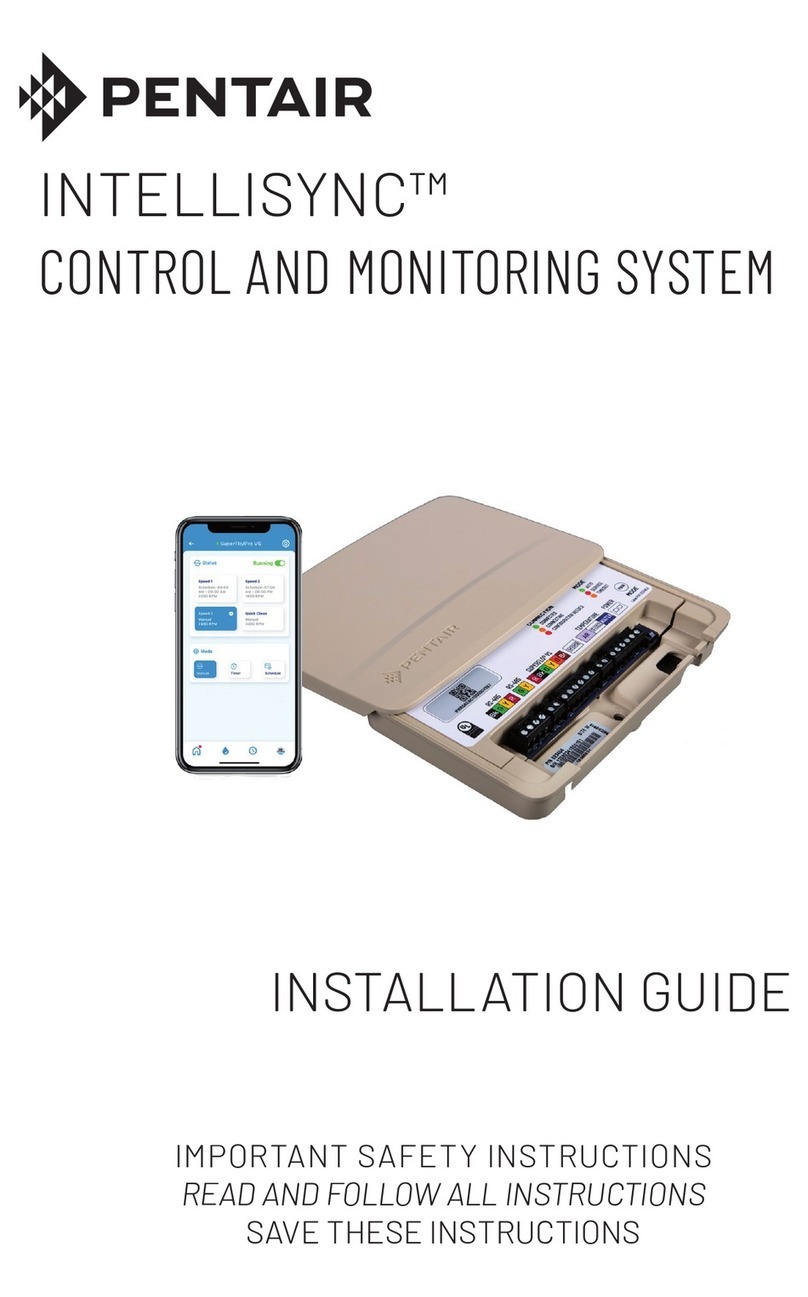
HAFFMANSICD
ICD Page 5 of 43
TABLE OF CONTENTS
1. Technical specifications.................................................................................................. 7
1.1 Inpack CO2Meter.................................................................................................. 7
1.2 Inpack Air Meter.................................................................................................... 7
2. Introduction...................................................................................................................... 9
2.1 Intended use ......................................................................................................... 9
3. Safety .............................................................................................................................. 11
3.1 Symbols .............................................................................................................. 11
3.2 Safety instructions............................................................................................... 11
4. General product information......................................................................................... 13
4.1 General description............................................................................................. 13
4.2 Measuring principle ICM-2000............................................................................ 13
4.3 IAM...................................................................................................................... 13
4.4 Measuring principle IAM...................................................................................... 13
4.5 Measurement methods ....................................................................................... 14
5. Installation...................................................................................................................... 15
5.1 Unpacking........................................................................................................... 15
6. Operating the CO2Meter................................................................................................ 17
7. Operating the Air Meter................................................................................................. 19
7.1 Preparations........................................................................................................ 19
7.2 Uses of the IAM................................................................................................... 20
8. Calibration ...................................................................................................................... 23
9. Maintenance and cleaning ............................................................................................ 25
9.1 ICM-2000 maintenance (semi-annual)................................................................ 25
9.2 IAM maintenance (weekly).................................................................................. 25
9.3. ICM-2000 cleaning.............................................................................................. 25
9.4 IAM cleaning ....................................................................................................... 25
10. Trouble shooting............................................................................................................ 27
10.1 Trouble shooting ICM-2000................................................................................. 27
10.2 Trouble shooting IAM.......................................................................................... 27
Appendix I Haffmans CO2-formula.......................................................................................... 29
Appendix II Customer service................................................................................................. 31
Appendix III Terms of guarantee............................................................................................. 33
Appendix IV EC Declaration of conformity............................................................................ 35
Appendix V Spare parts........................................................................................................... 37
Appendix VI Operation overview ............................................................................................ 41
Appendix VII Drawings ............................................................................................................ 43


































